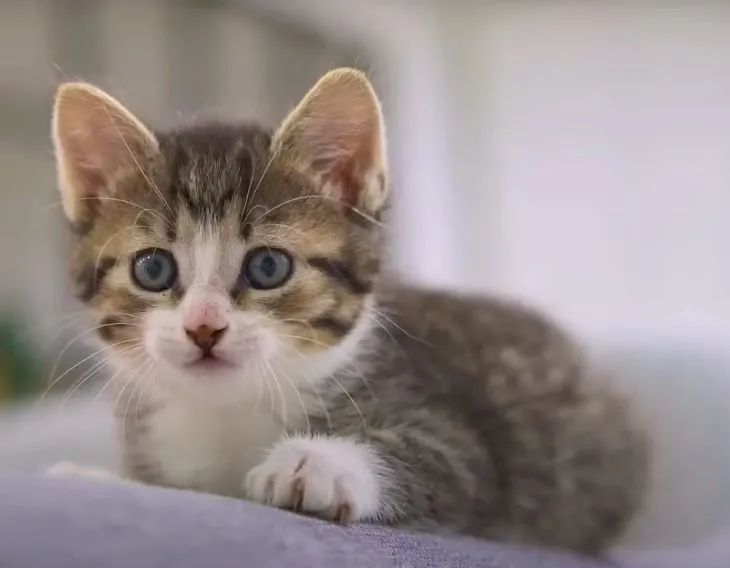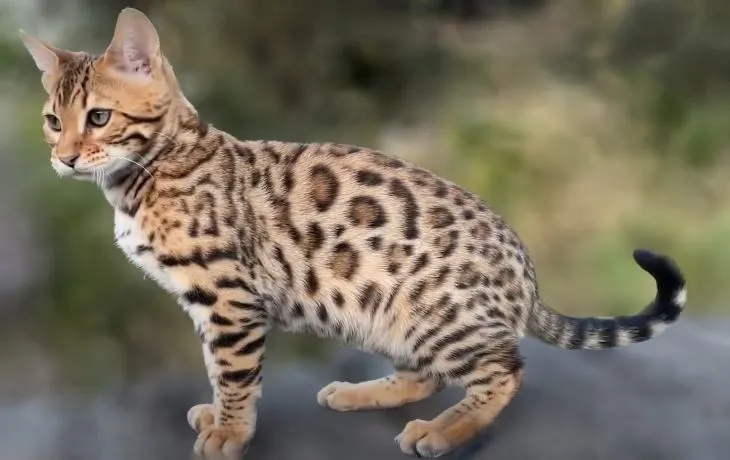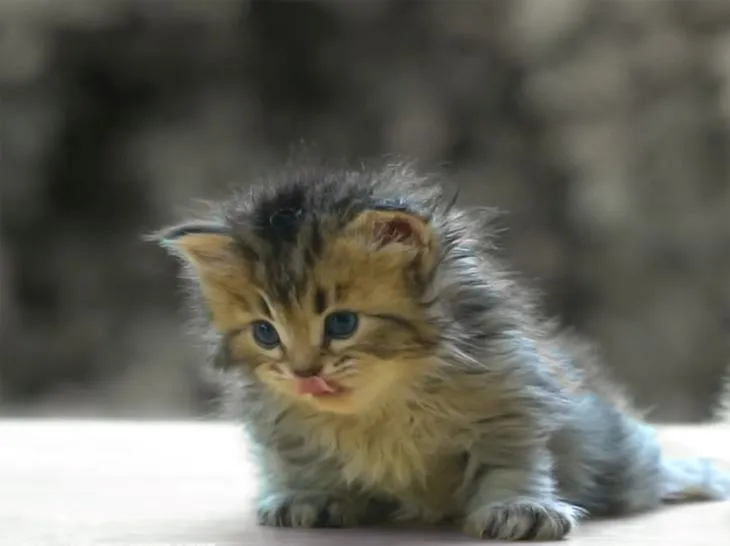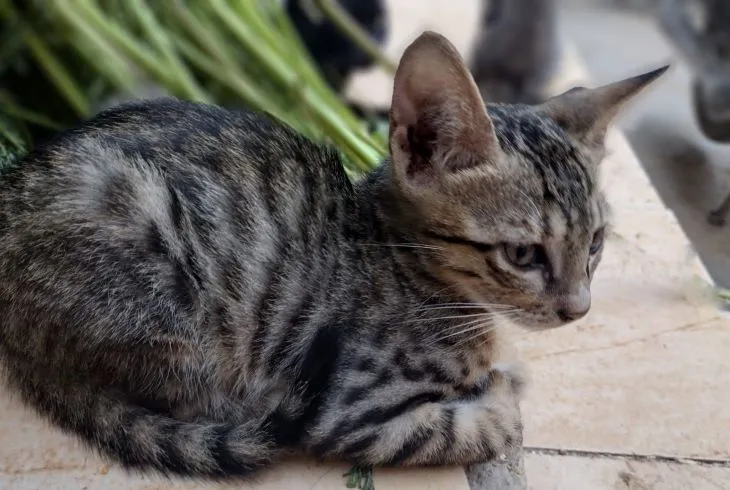When Do Cats Stop Growing? Complete Cat Growth Timeline
By: Elizabeth Rikas

The information in this article is intended to educate cat parents and is not a substitute for veterinary guidance. In case of any concerns about your cat’s health, please talk with your veterinarian.
A cat goes through different stages from birth to maturity. At each stage, various factors like breed, gender, genetics, nutrition, spaying or neutering etc. plays a role in their development. However, there comes a point when growth stops, but other changes occur. After noticing all these, many cat parents raise a question, when does a cat stop growing?
Knowing the cat growth timeline helps you provide the right food, care, and environment for a healthy, happy feline.
So, let’s find out what are the different cat growth ages, the role of gender, breed, the impact of spaying or neutering on a cat’s growth, and more.
At What Age Do Cats Stop Growing?
On average, cats stop growing between 12 and 18 months, but growth rates vary widely.
As per the American Animal Hospital Association most kittens stop growing at 12 months old. At this age, they are considered adults until around 7 years old, when they become senior cats.
However, some cats—especially large breeds—can keep filling out until 2–4 years old.
When Do Male And Female Cats Stop Growing?

Gender plays a key role in how fast cats grow and how large they become.
| Cat Gender | Average Adult Size | Avg. Growth Stop |
|---|---|---|
| Male Cats | Larger, heavier (10–20% bigger than females) | 12–18 months |
| Female Cats | Slightly smaller | 10–14 months |
Male cats typically grow for a few extra months compared to females, especially if they are a larger breed.
Kitten Growth Stages & Milestones

Here’s a general timeline of a kitten’s growth. These kitten growth stages show how fast cats grow during their first year:
Birth to 8 weeks
When baby kittens are first born, they cannot see or hear anything. They fully depend on their mother cat to feed them and take care of them. Baby kittens grow very quickly. In just the first week after being born, they gain so much weight that they become twice as heavy as when they were first born.
2 to 6 months – How Long Do Kittens Grow
Rapid growth continues as kittens wean and explore their surroundings. Most kittens reach about 75% of their adult size during this stage.
6 months to 1 year – When Kittens Stop Growing
Growth slows, but bones and muscles continue to strengthen. Kittens also reach sexual maturity during this time.
1 to 2 years – Some Breeds Take Up to 4 Years to Reach Full Size
Most cats finish growing, but large breeds may keep filling out until 3–4 years old.
Factors That Affect How Fast Cats Grow

Several elements influence a cat’s final size and growth rate:
Breed
Different breeds grow at different speeds.
- Small breeds (Singapura, Munchkin) may stop growing by 8–10 months.
- Large breeds (Maine Coon, Ragdoll) may continue until 3–4 years old.
Gender
Males are generally heavier and taller than females of the same breed.
Litter Size & Early Care
Kittens from large litters or those with limited access to their mother’s milk may grow more slowly.
Genetics
Your kitten’s family history plays a major role in their adult size and growth timeline.
Environment
Stress, illness, and poor living conditions can delay healthy development.
Interesting Read: Why do cats gag?
Bone Growth And Development
By 4 months old, a kitten’s bones are already about 75% of their adult length. Even after bones stop lengthening, they continue to harden and strengthen until full maturity.
Diet And Feeding Habits
Good food is vital for a small cat’s growth and progress as:
- Feed a high-quality kitten formula until they reach about 90% of adult weight (around 10–12 months).
- Gradually transition to adult cat food to maintain a healthy weight and avoid stunted growth.
Learn how to avoid the Cat Food Storage Mistakes?
Does Spaying Or Neutering Affect Growth?
Yes—but only slightly.
Cats spayed or neutered before sexual maturity may grow a little taller because their growth plates stay open longer.
The difference is minimal, and the health benefits of spaying/neutering outweigh any small size change.
How To Know If Your Cat Has Stopped Growing
The simplest way to know if your cat is done growing is to keep track of their size. Grab a tape measure or just check their weight every month. If their height, length, or shoulder width hasn’t changed for a couple of months, chances are they’ve reached their full adult size. Without measuring, it’s easy to miss how much (or how little) they’re still growing!
Frequently Asked Questions
Conclusion
Cats grow incredibly fast during their first year, but breed, gender, and nutrition determine exactly when your cat stops growing.
By understanding these stages and providing balanced food, regular vet visits, and a loving home, you’ll help your kitten grow into a strong, healthy adult.

About the Author
Elizabeth Rikas
Elizabeth is a passionate advocate for feline health and well-being, drawing from her years as a dedicated pet parent to three cats—Gypsy, Swan, and Alfred—and her invaluable experience volunteering at animal shelters. A seasoned writer with a lifelong love for cats, Elizabeth began sharing her insights in her teens and has since contributed extensively to platforms focused on feline care. Through her expertise and heartfelt dedication, she empowers pet owners with practical advice and research-backed knowledge to nurture their furry companions.
